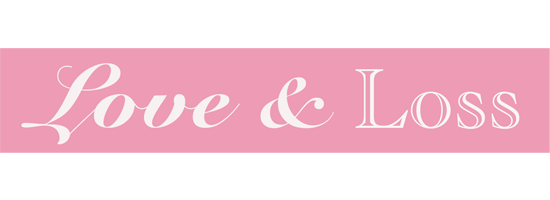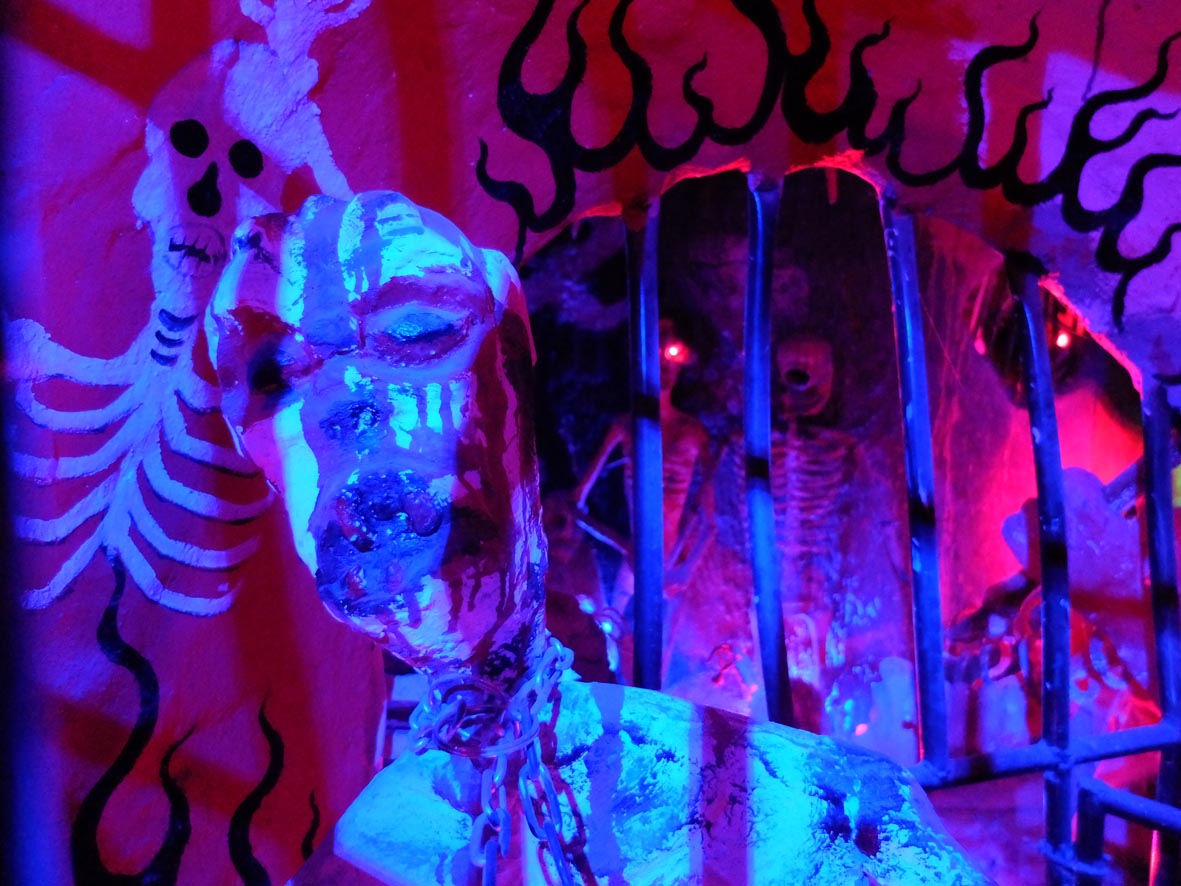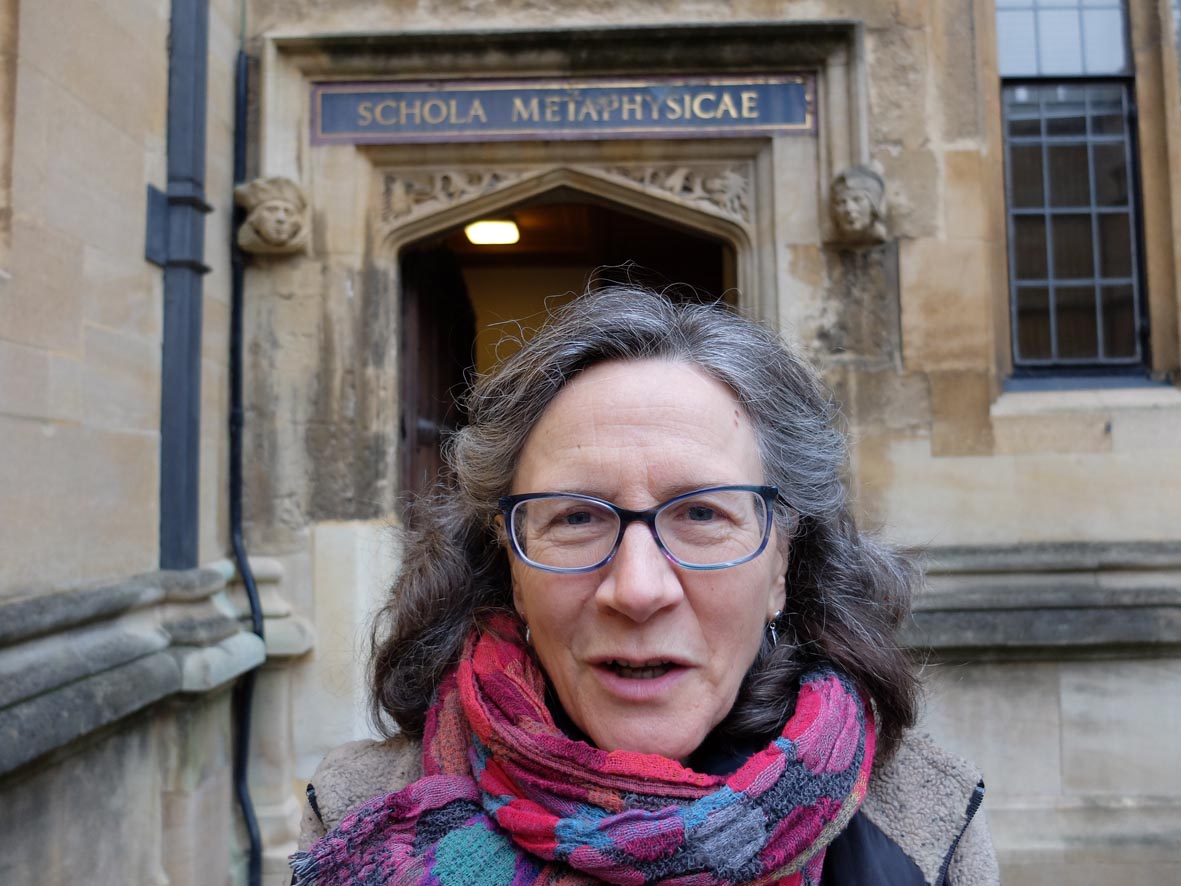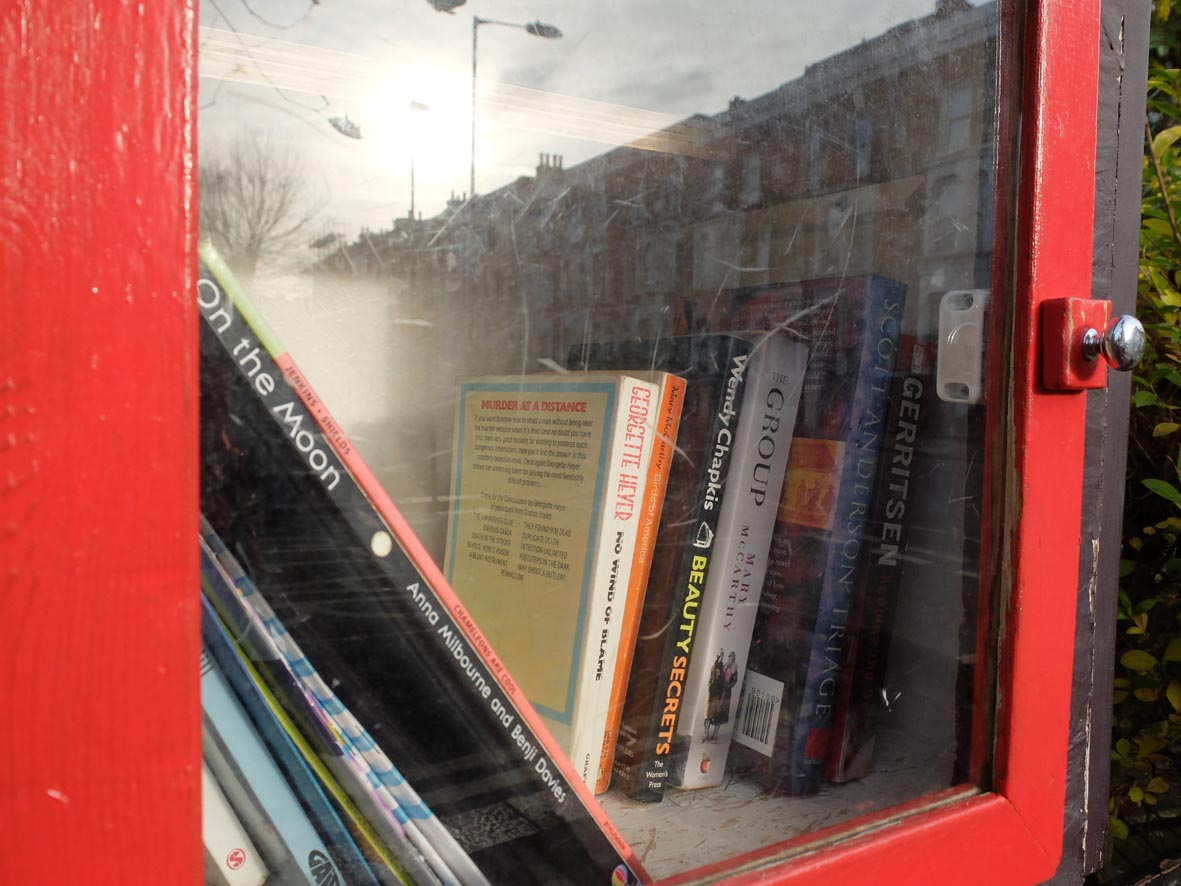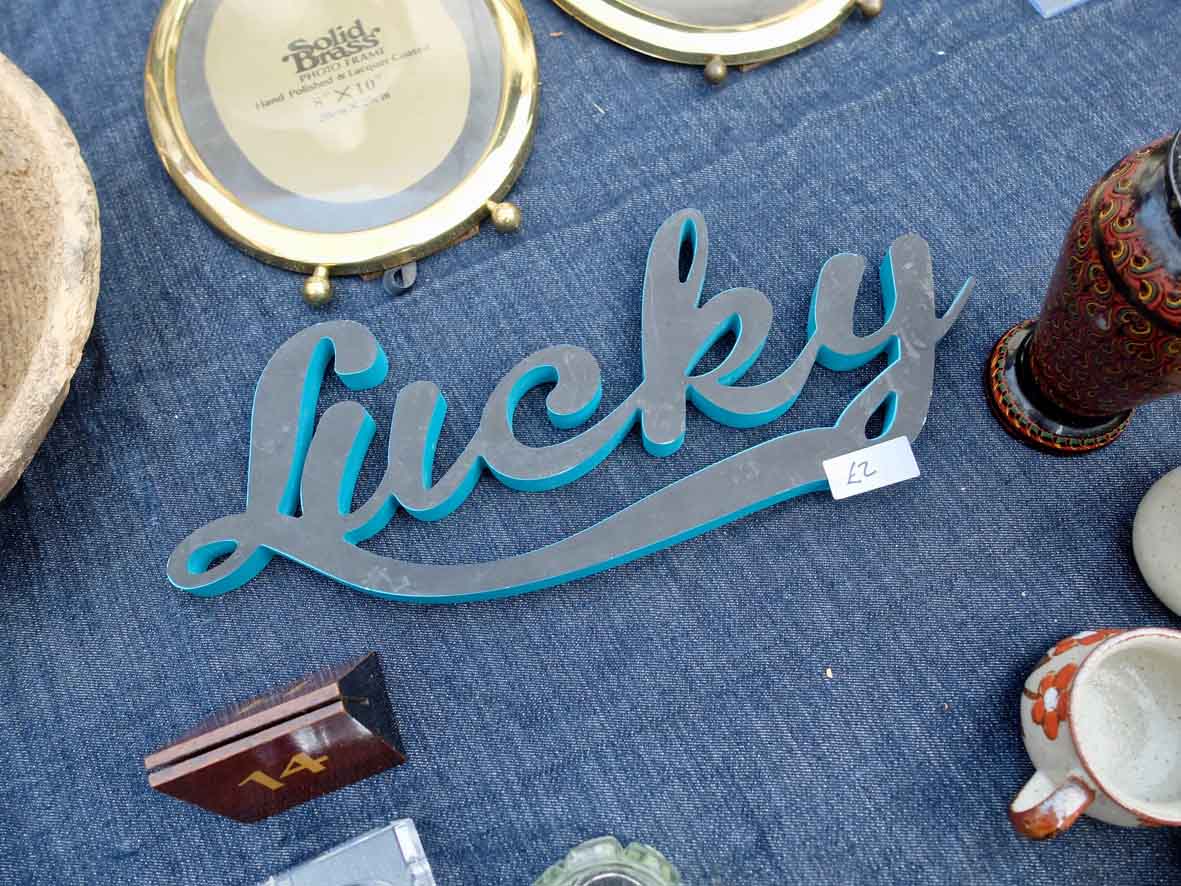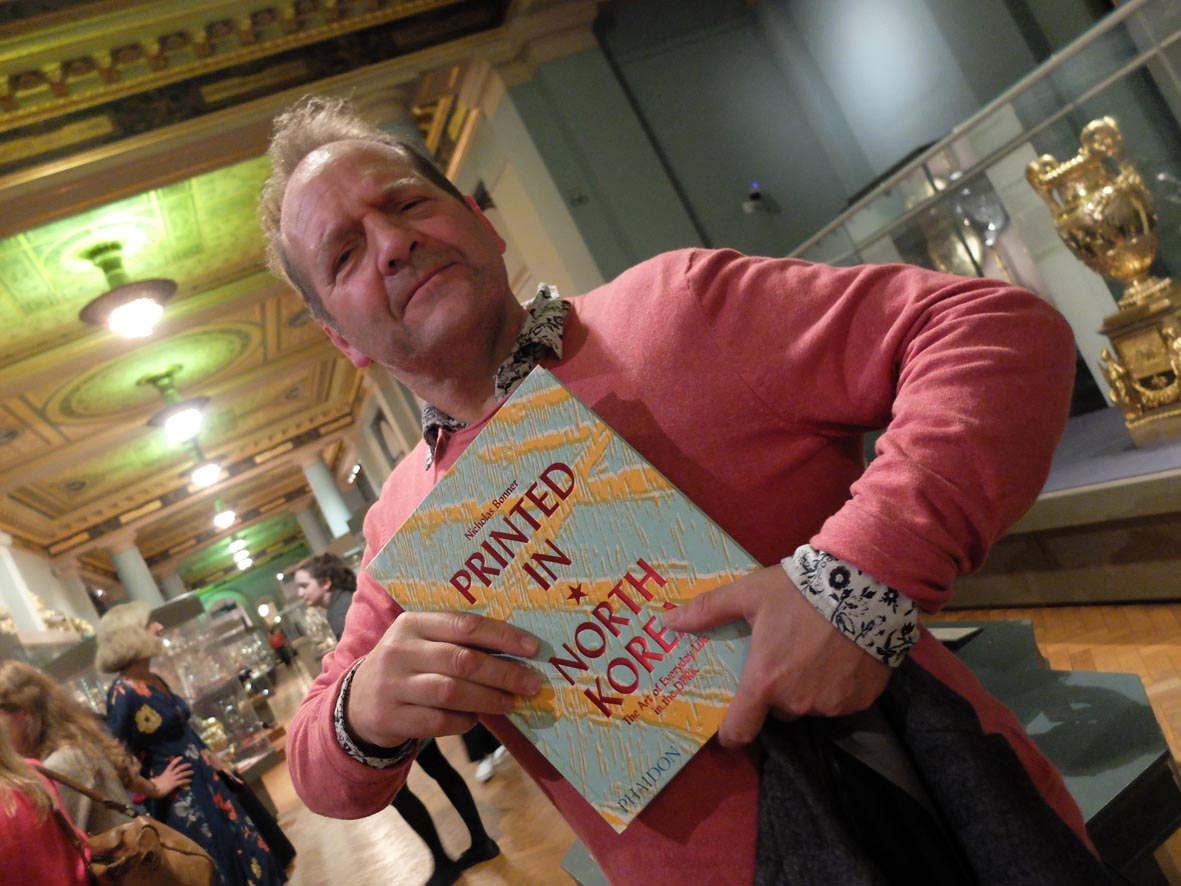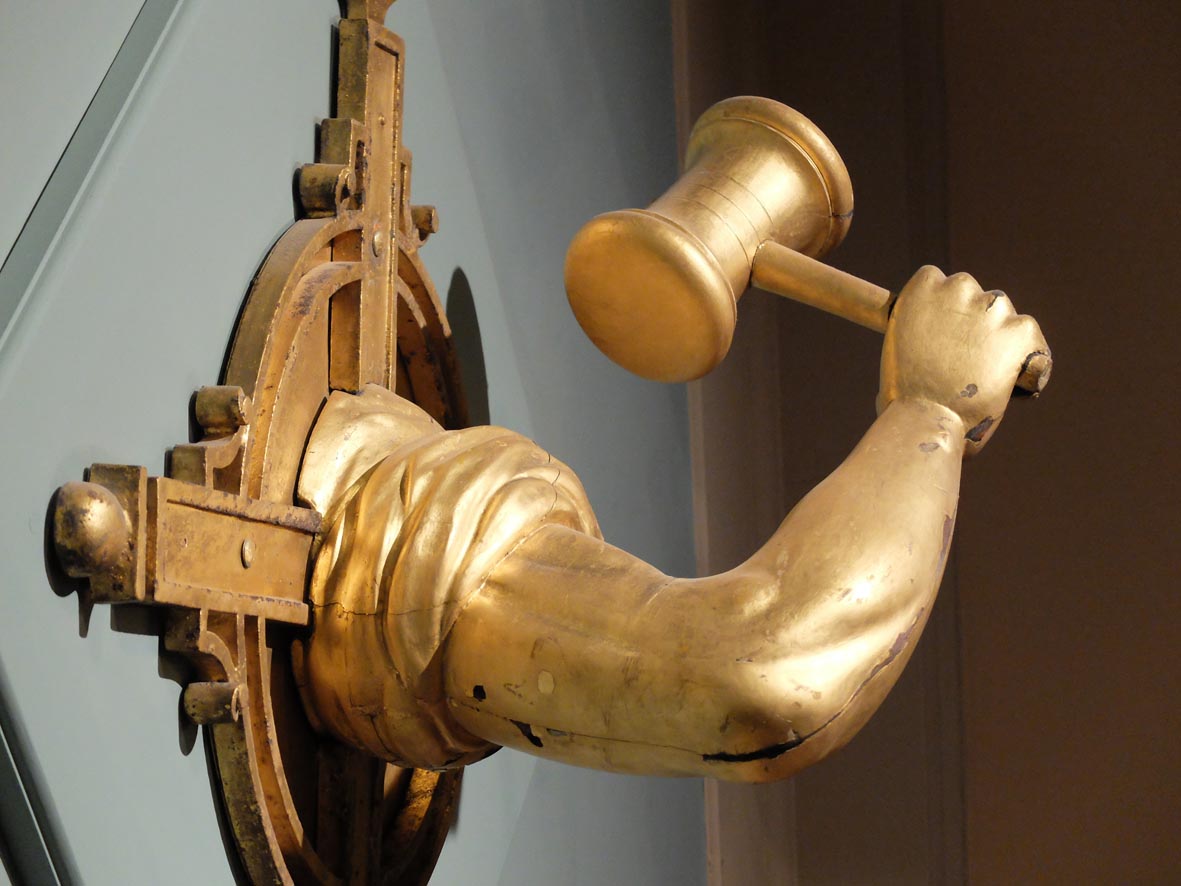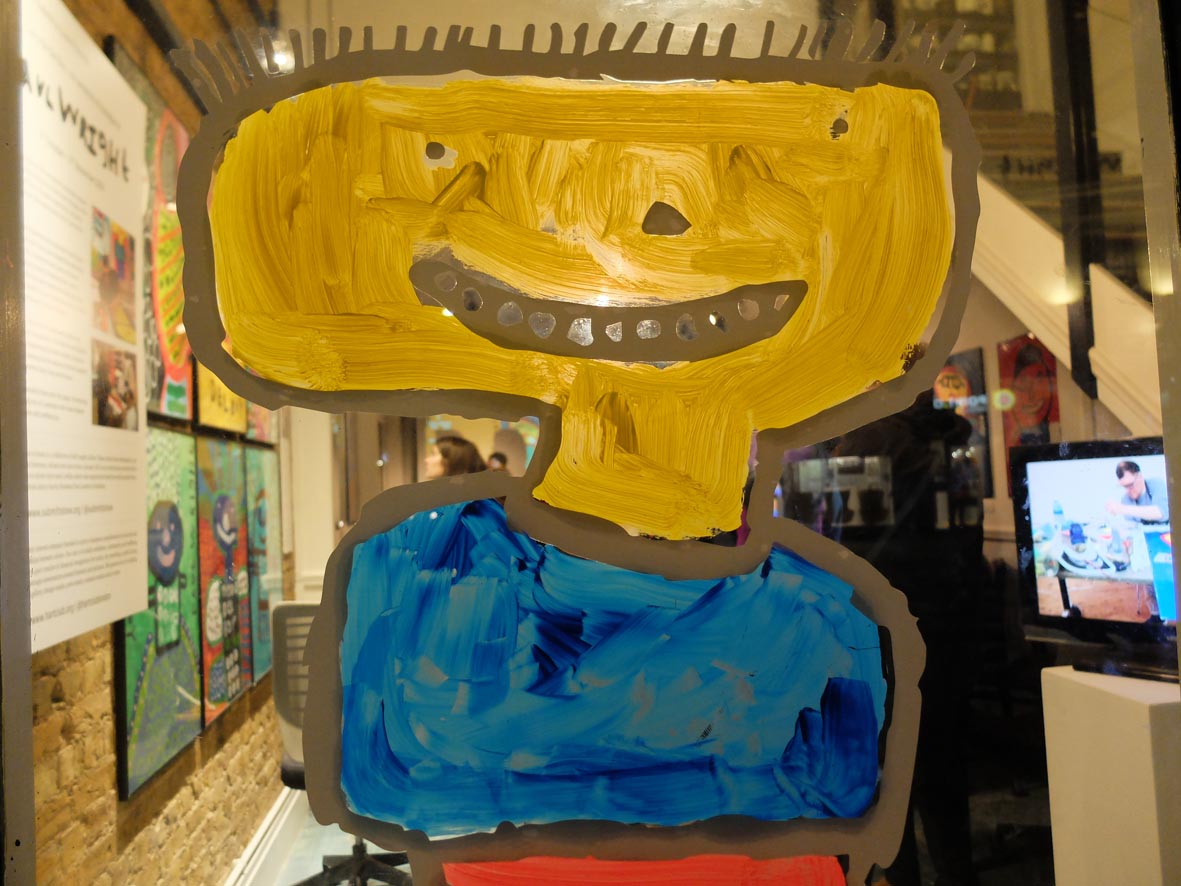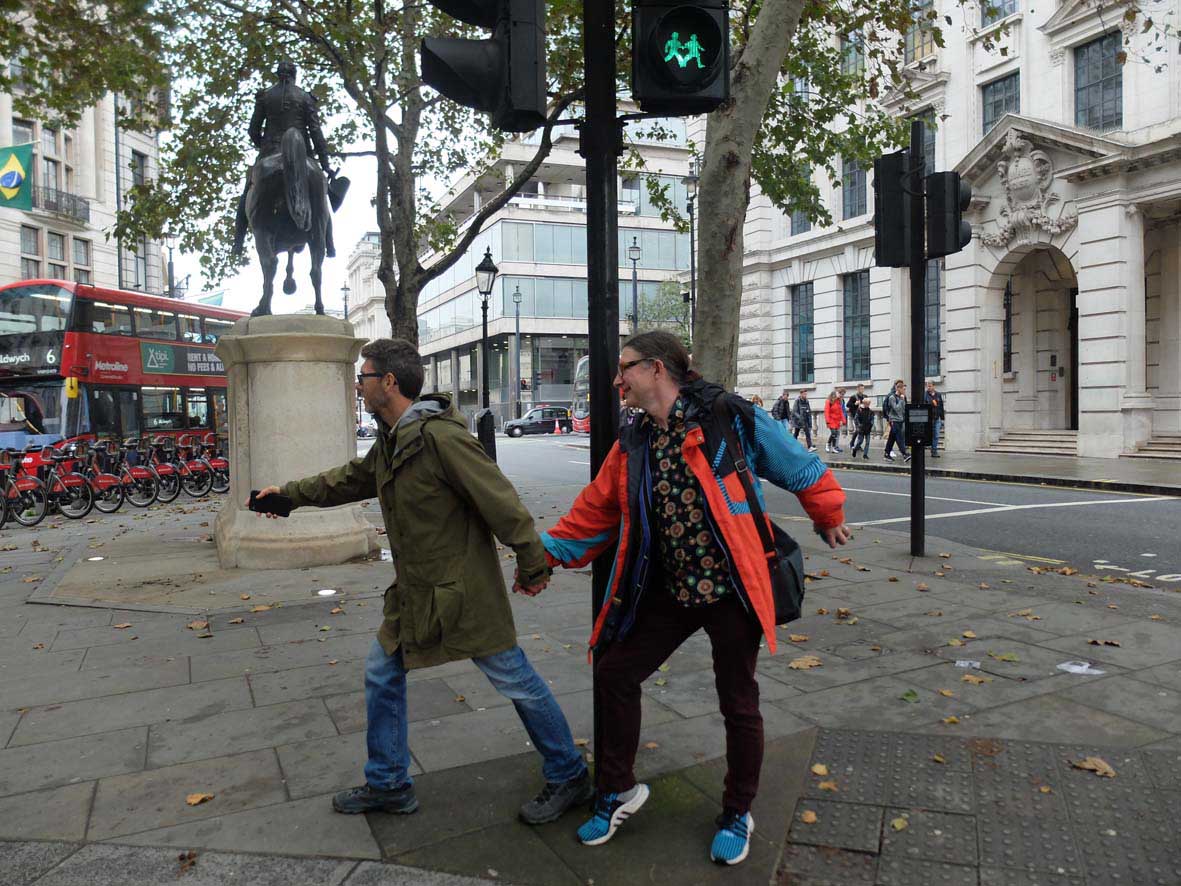Posted at 17:23h
in
Culture Reviews
by admin
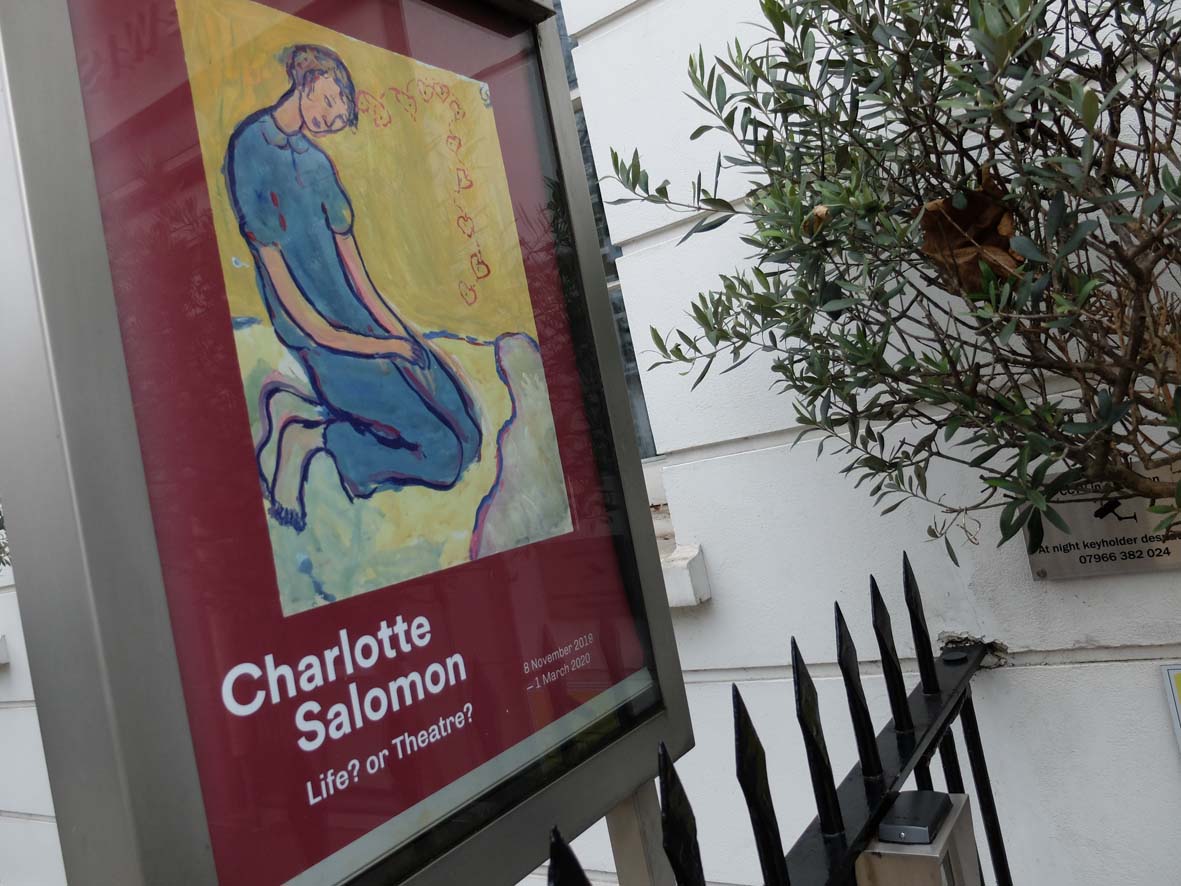 “What makes you shape and reshape yourselves so brightly from so much pain and suffering?” asks Charlotte Salomon in her own words, in her extraordinary exhibition ‘Life? or Theatre?’ at the Jewish Museum. This is part of the collection that was found after the artist’s death in Auschwitz. Painted over two years in hiding in France 1940-1942, it was kept safe by a friend and re-discovered after her death. The artist challenged herself “to create her world anew out of the depths.” Conceived as a therapeutic autoethnographical work, she invites us into her personal and family drama. It also reflects the history of a German-Jewish girl, in Berlin during the 1930’s; running up to the racial violence known as ‘Kristallnacht’ – the night of broken glass in 1938. (Autoethnography connects the originator’s work to the wider political and social context.) Charlotte Salomon’s story leaps from the pages of loosely painted images. Using only the 3 primary colours plus white, she mixes them to create sombre depictions of her family life with elegant red, blue or yellow outlines and later more urgent, bolder pictures. They were conceived alongside writing and relate to pieces of music. Inspired by her former music teacher and lover, she explores ancestral grief through the creative process. ‘Life? Or Theatre?’ is her therapeutic reclamation of the tragic set of personal circumstances that happen to her, simultaneously with the persecution of Jewish people. This exhibition shows over 200 small paintings, which begin with detailed frames telling the troubled history. As she delves deeper into the process, the images become more dynamic and the gouache streaks onto the pages, reflecting her own complex internal landscape. “I became my mother my grandmother in fact I was all the characters who appear in my play. I learned to travel all their paths and became all of them.” Like story boards, and pre-figuring graphic novels, she takes us step by step, back to childhood and her mother’s suicide and the events that follow. A final shocking revelation comes in the letter written at the end of the process. She finds a way to move through trauma and re-connect with living, “One can be resurrected – in fact, in order to love life still more, one should once have died.”
“What makes you shape and reshape yourselves so brightly from so much pain and suffering?” asks Charlotte Salomon in her own words, in her extraordinary exhibition ‘Life? or Theatre?’ at the Jewish Museum. This is part of the collection that was found after the artist’s death in Auschwitz. Painted over two years in hiding in France 1940-1942, it was kept safe by a friend and re-discovered after her death. The artist challenged herself “to create her world anew out of the depths.” Conceived as a therapeutic autoethnographical work, she invites us into her personal and family drama. It also reflects the history of a German-Jewish girl, in Berlin during the 1930’s; running up to the racial violence known as ‘Kristallnacht’ – the night of broken glass in 1938. (Autoethnography connects the originator’s work to the wider political and social context.) Charlotte Salomon’s story leaps from the pages of loosely painted images. Using only the 3 primary colours plus white, she mixes them to create sombre depictions of her family life with elegant red, blue or yellow outlines and later more urgent, bolder pictures. They were conceived alongside writing and relate to pieces of music. Inspired by her former music teacher and lover, she explores ancestral grief through the creative process. ‘Life? Or Theatre?’ is her therapeutic reclamation of the tragic set of personal circumstances that happen to her, simultaneously with the persecution of Jewish people. This exhibition shows over 200 small paintings, which begin with detailed frames telling the troubled history. As she delves deeper into the process, the images become more dynamic and the gouache streaks onto the pages, reflecting her own complex internal landscape. “I became my mother my grandmother in fact I was all the characters who appear in my play. I learned to travel all their paths and became all of them.” Like story boards, and pre-figuring graphic novels, she takes us step by step, back to childhood and her mother’s suicide and the events that follow. A final shocking revelation comes in the letter written at the end of the process. She finds a way to move through trauma and re-connect with living, “One can be resurrected – in fact, in order to love life still more, one should once have died.”
https://jewishmuseum.org.uk/exhibitions/charlotte-salomon/
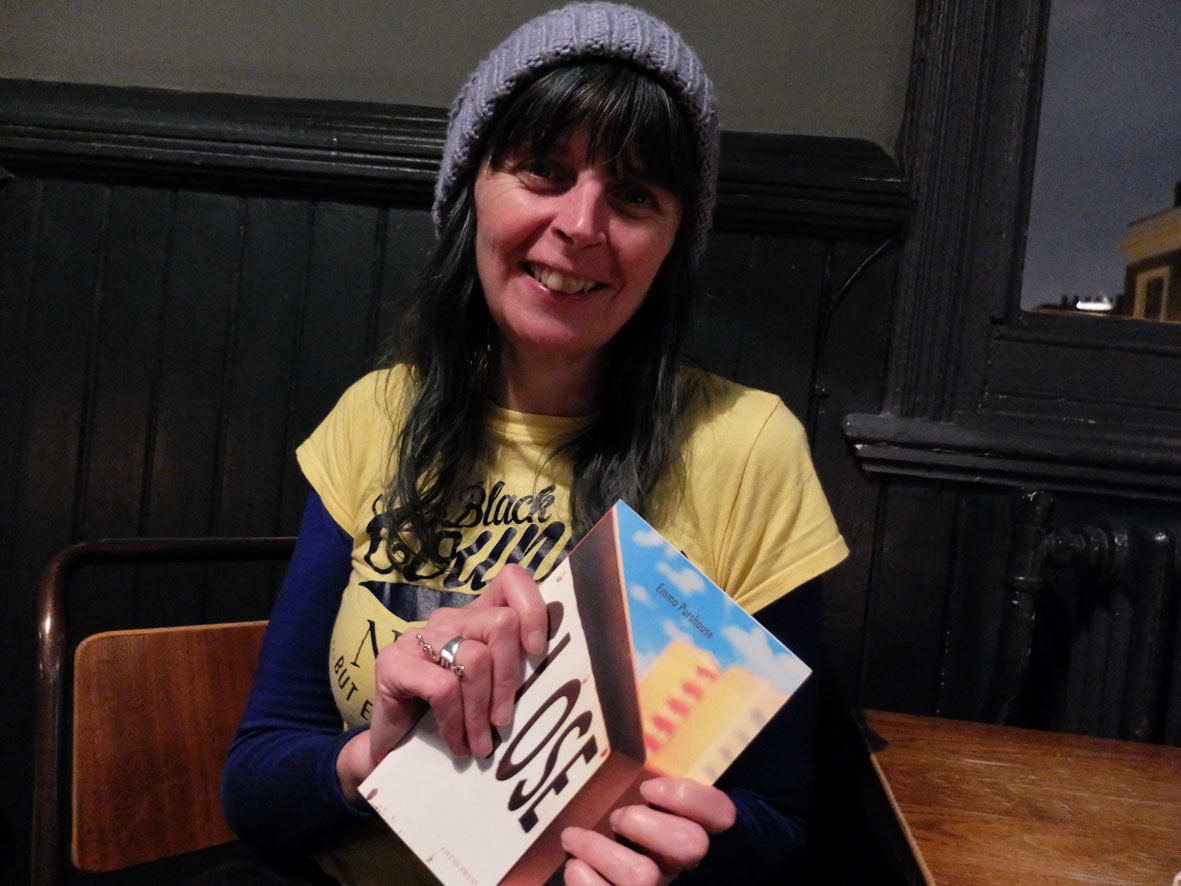 We gathered, the damp and determined, in an upstairs room at the Roebuck in SE1 on a rainy Wednesday night. It was not so long ago, in a different era. We went to hear Emma Purshouse and Steve Pottinger. Also known as two out of three ‘Poets, Prattlers and Pandemonialists’. Love and loss are currency for the grist of poets. They notice the small changes and gestures that show love like Pottinger’s ‘Impulse’, or Purshouse’s love letter, ‘Wolverhampton – a Winning City’. They both speak passionately about change. Be heartened by Pottinger’s letter to Café Nero. Emma Purshouse brings her irreverent eyes to the back waters and cul-de-sacs of town. She stands to read, as though recently uncrumpled from the sofa. She is astute, wrapped in humility plus woolly hat. I want to hug her. Her wit is sharp enough to hide in the spaces between words. Her voice lingers, leaving a sigh after her dead-pan face has left the room. If you need cheering up, or fancy a trip to the everyday life of the Black Country, there’s stuff to read, watch, and some silliness on-line.
We gathered, the damp and determined, in an upstairs room at the Roebuck in SE1 on a rainy Wednesday night. It was not so long ago, in a different era. We went to hear Emma Purshouse and Steve Pottinger. Also known as two out of three ‘Poets, Prattlers and Pandemonialists’. Love and loss are currency for the grist of poets. They notice the small changes and gestures that show love like Pottinger’s ‘Impulse’, or Purshouse’s love letter, ‘Wolverhampton – a Winning City’. They both speak passionately about change. Be heartened by Pottinger’s letter to Café Nero. Emma Purshouse brings her irreverent eyes to the back waters and cul-de-sacs of town. She stands to read, as though recently uncrumpled from the sofa. She is astute, wrapped in humility plus woolly hat. I want to hug her. Her wit is sharp enough to hide in the spaces between words. Her voice lingers, leaving a sigh after her dead-pan face has left the room. If you need cheering up, or fancy a trip to the everyday life of the Black Country, there’s stuff to read, watch, and some silliness on-line.